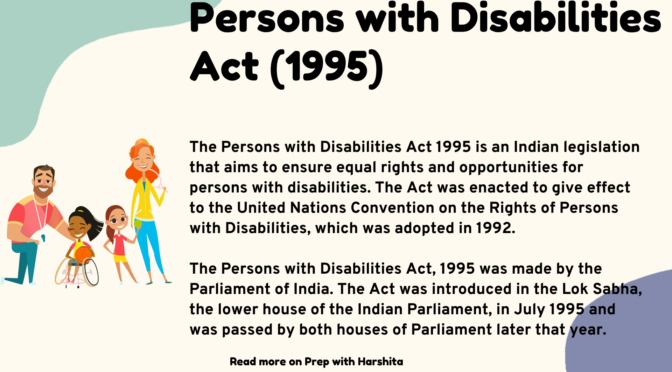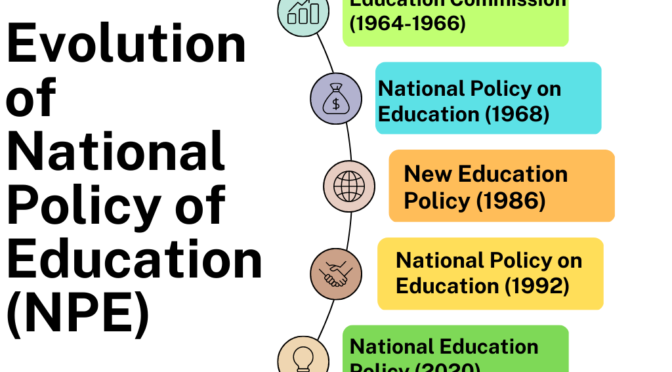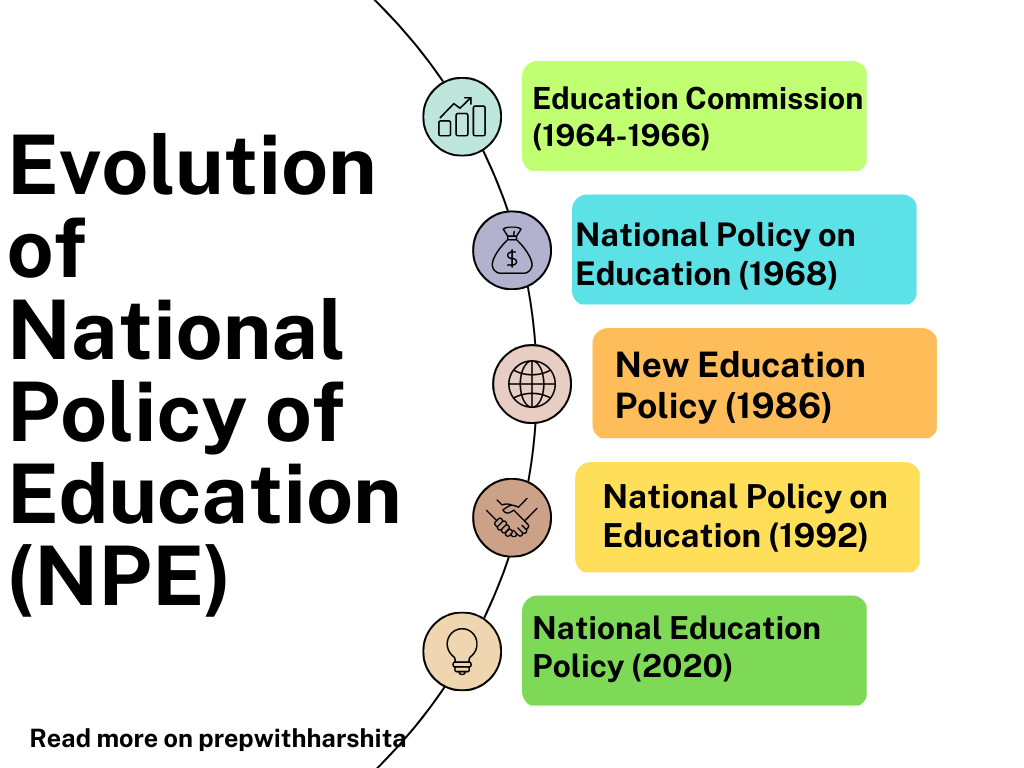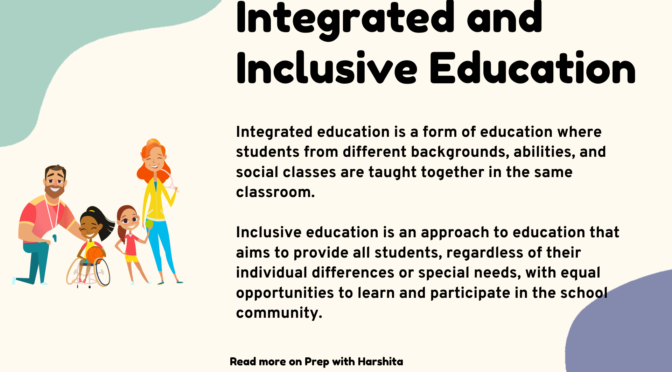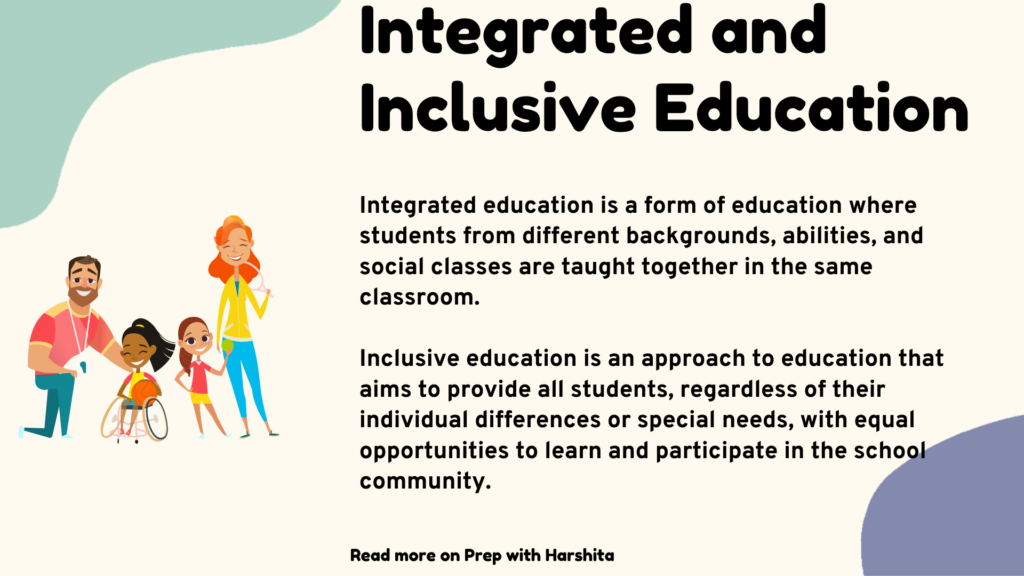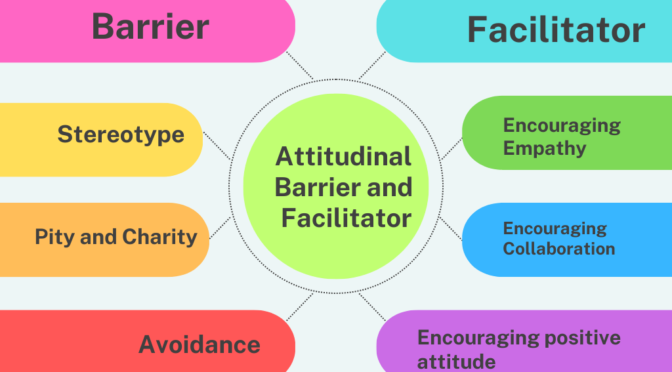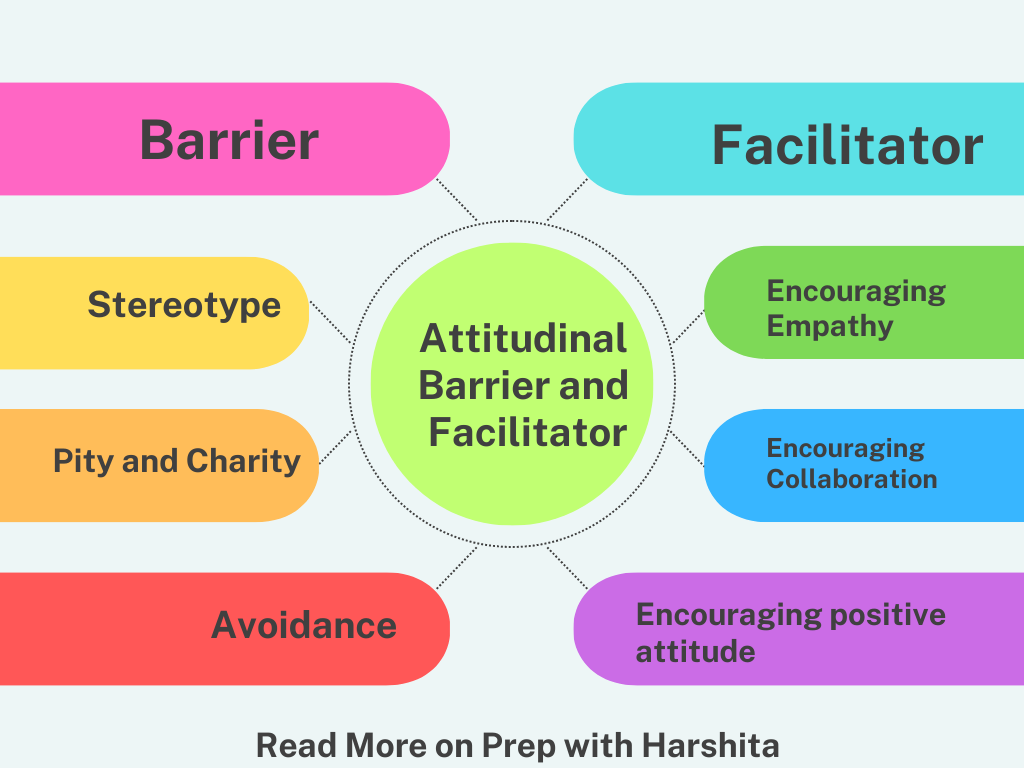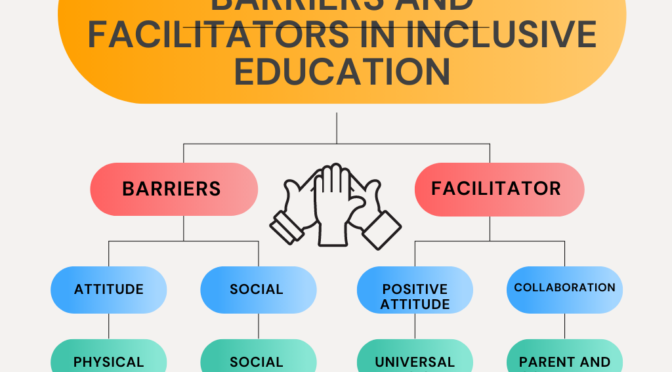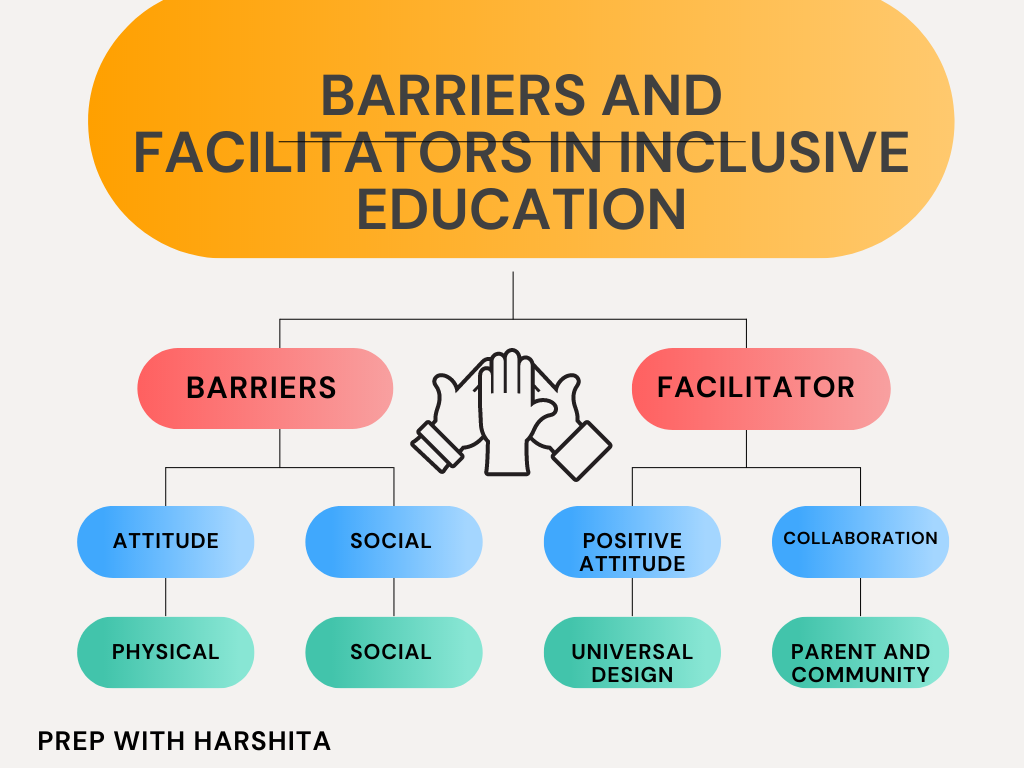The Persons with Disabilities Act 1995 is an Indian legislation that aims to ensure equal rights and opportunities for persons with disabilities. The Act was enacted to give effect to the United Nations Convention on the Rights of Persons with Disabilities, which was adopted in 1992.
History of Persons with Disabilities Act 1995
The Persons with Disabilities Act, 1995 was made by the Parliament of India. The Act was introduced in the Lok Sabha, the lower house of the Indian Parliament, in July 1995. It was passed by both houses of Parliament later that year.
This Act was notified by the Government of India on December 7, 1995, and it came into force on February 7, 1996. The Act has been amended several times since then to strengthen its provisions and bring them in line with the evolving needs of persons with disabilities.
- The Persons with Disabilities Act 1995 defines a person with a disability as someone with a physical or mental impairment that substantially limits one or more major life activities.
- The Act provides for various measures for the welfare and empowerment of persons with disabilities. For eg, including education, employment, social security, and accessibility to public places and transport.
- Under the Act, the government is responsible for ensuring that persons with disabilities have equal opportunities and are not discriminated against. It also provides for the establishment of special courts for the protection of the rights of persons with disabilities.
- Additionally, the Act sets up a National Fund for Persons with Disabilities to support various schemes and programs aimed at their welfare.
- The Act provides for reservation of 3% of vacancies in government establishments and educational institutions for persons with disabilities. It also prohibits discrimination in recruitment, promotion, and working conditions against persons with disabilities.
- The Act mandates that all public buildings, transport systems, and information and communication technologies should be made accessible to persons with disabilities.
- Additionally, the Act provides for a range of social security measures for persons with disabilities, including pensions, insurance, and financial assistance for the purchase of assistive devices and equipment. It also provides for the establishment of special courts and tribunals for the protection of the rights of persons with disabilities.
Key Policies and Legislations of Persons with Disabilities Act 1995
The Persons with Disabilities Act 1995 is a comprehensive legislation in India that provides for various policies and provisions for the welfare and empowerment of persons with disabilities. Some of the key policies and legislations under the Act are as follows:
- Education: The Act provides for free and compulsory education for children with disabilities up to the age of 18 years. It also mandates the government to provide special schools and vocational training centers for persons with disabilities.
- Employment: The Act provides for reservation of 3% of vacancies in government establishments and educational institutions for persons with disabilities. It also prohibits discrimination in recruitment, promotion, and working conditions against persons with disabilities.
- Accessibility: The Act mandates that all public buildings, transport systems, and information and communication technologies should be made accessible to persons with disabilities. It also provides for the appointment of accessibility auditors to ensure compliance with accessibility standards.
- Social security: The Act provides for a range of social security measures for persons with disabilities, including pensions, insurance, and financial assistance for the purchase of assistive devices and equipment.
- Legal protection: The Act provides for the establishment of special courts and tribunals for the protection of the rights of persons with disabilities. It also mandates the government to take appropriate measures to prevent abuse, neglect, and exploitation of persons with disabilities.
These policies and legislations under the Persons with Disabilities Act 1995 aim to promote the social, economic, and political inclusion of persons with disabilities and ensure their full and equal participation in society.
Also Read : Evolution of NPE
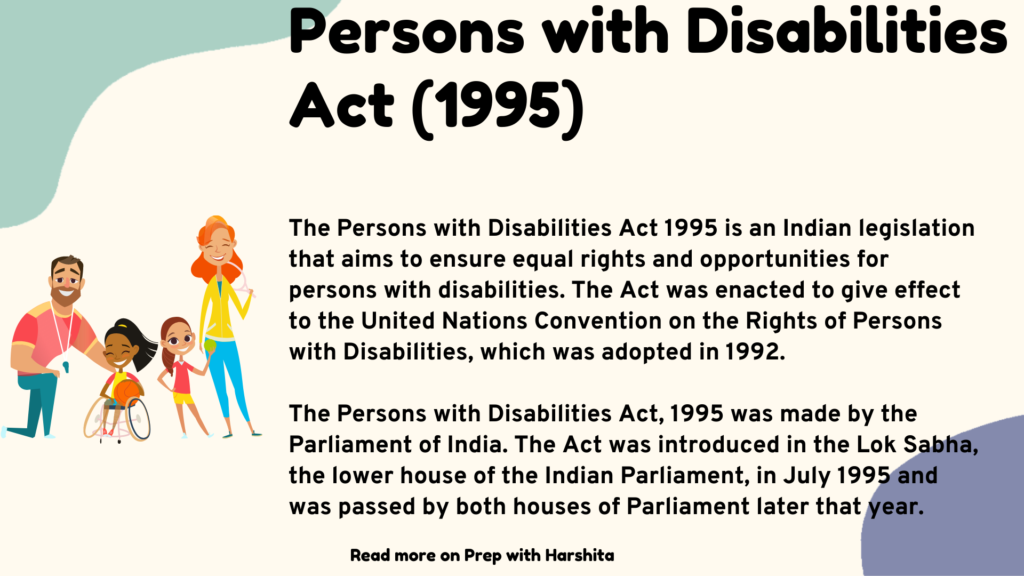
Also Visit : Prep with Harshita

